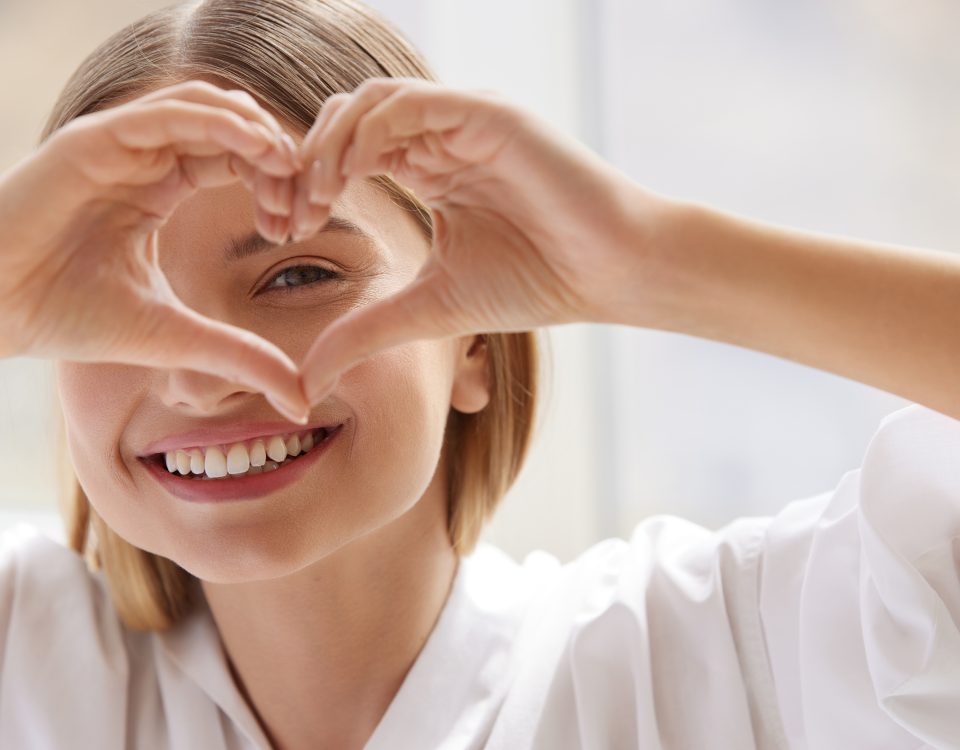Fun in the Sun: Ultraviolet (UV) Safety Month

Treating Cataracts for Improved Quality of Life
06/02/2019
6 Signs That Show Your Child May Have an Eye or Vision Problem
08/05/2019Summer brings the promise of warmer weather, sunnier days, and more time spent outside. However, the summer rays come with risks. July is UV Safety Month, and while some sun exposure carries benefits for your body, UV rays can damage the health of your eyes. See how you can best protect your eyes from UV rays—wherever your summer takes you!
Understanding UV Radiation
UV radiation is a form of electromagnetic radiation that comes mainly from the sun, though it can also come from other sources, such as tanning beds. UV rays are divided into three types: UVA, UVB, and UVC. These rays all affect the eyes differently.
UVA rays are the weakest and the closest to visible light, but they can still pass through the cornea and reach the lens and retina inside the eye. Overexposure to UVA rays has been linked to the development of cataracts and may play a role in the development of macular degeneration. UVB rays are stronger than UVA rays, but not as strong as UVC rays. UVB rays are partially filtered by the ozone layer, but some still reach the earth’s surface. These rays are linked to sunburns as well as a number of eye problems, but they are not likely to cause cataracts or macular degeneration since the cornea absorbs most of them. UVC rays are the strongest and would likely cause the greatest damage to eyes and skin. Luckily, these rays are blocked by the ozone layer in Earth’s atmosphere.
Preventing UV Damage
Although it’s important for everyone to protect their eyes, it is especially critical for families with young children. Research shows that people receive about 80 percent of their lifetime exposure to UV rays before age 18. Children’s eyes also transmit more UVA rays to the retina than those of adults, which increases their exposure and risk for future eye problems.
UV exposure can fluctuate depending on geographic region, altitude, and time of day, so make sure you adjust your level of protection if you are going on vacation. Other considerations include medications you take or the presence of reflective surfaces, like sand, which can increase your vulnerability. Always check the UV index, a numbered scale from 1-11 that predicts the daily and hourly levels of UV radiation in any given area. However, even a number as low as two means you should be wearing sunglasses.
Look for sunglasses that protect 100% of all UV rays or get photochromic lenses if you already wear glasses. Lens color does not matter; as long as the lenses are UV blocking, any variation in color or lightness is simply an aesthetic choice. There are many sunglasses that are available, including some that are specially tailored for sport or performance needs. If you are unsure of which sunglasses to choose, experts at our optical shop can help you pick the best option for your lifestyle and daily needs.
Wherever your summer takes you, it is vitally important that you and your family’s eyes are protected from UV radiation to preserve your vision now and into the future. With a little preparation, you and your family can have a memorable summer while keeping your vision safe. If you have any questions, call us at our Cranford office at 908-276-3030 or at our Westfield office at 908-232-3435 to schedule an appointment today.




